The Difference Makers: Key Person(s) Valuation
Musings on Markets
DECEMBER 10, 2023
Of course, and with small businesses, especially those built around personal services (a doctor or plumber’s practice), it is part of the valuation process, where the key person is valued or at least priced and incorporated into valuation. Who is a key person?

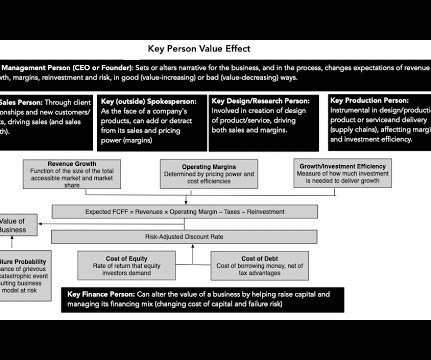

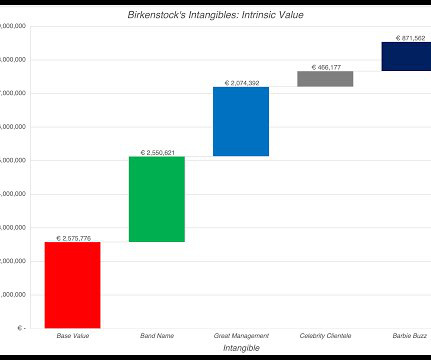

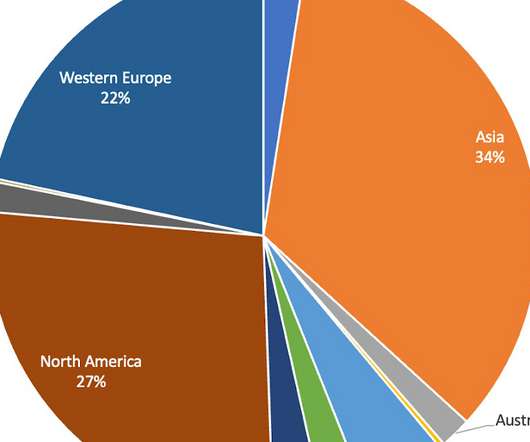
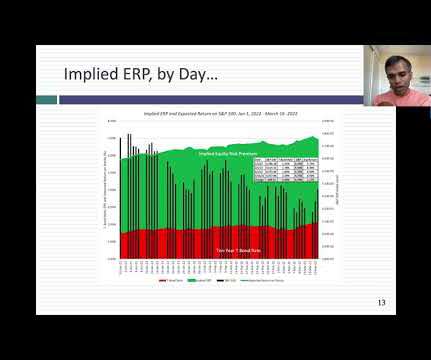
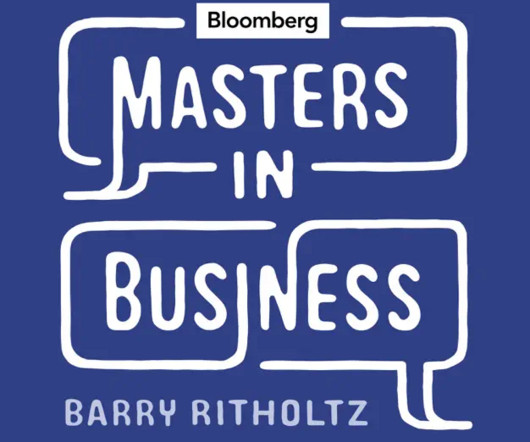
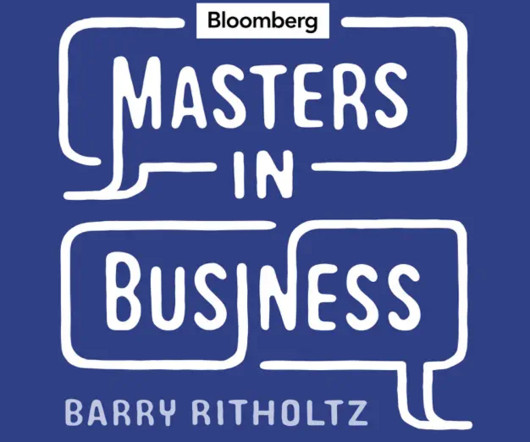









Let's personalize your content